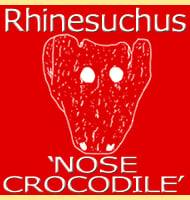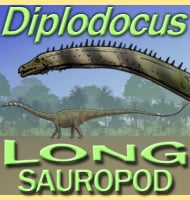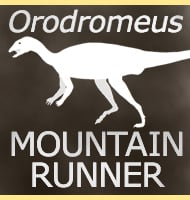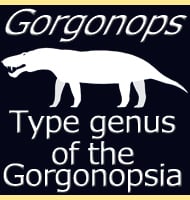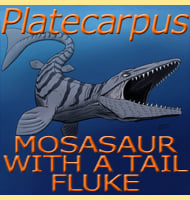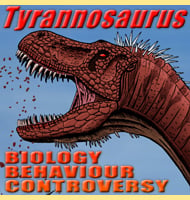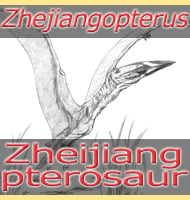In Depth
Darwinopterus was a truly ground breaking discovery as it displays features of both the basal rhamphorhynchoid pterosaurs, and the later more advanced pterodactyloid pterosaurs. Before the discovery of Darwinopterus, there was a marked gap between these two groups, but now that the transitional form of Darwinopterus has been found it is considered to be clear proof that the pterodactyloid pterosaurs evolved from the rhamphorhynchoid pterosaurs. Although popular theory had always suggested this, hard evidence did not exist before the discovery of Darwinopterus.
Darwinopterus has done more than just display a link between these two groups it has also displayed what has been termed modular evolution. What this means is that rather than the entire creature changing over a course of time, only certain parts evolved while other parts remained ‘primitive’ in their appearance. This can give the impression that transitional pterosaurs like Darwinopterus were formed from a box of pterosaur spare parts rather than being uniformly intermediate.
The large number of remains have allowed for three distinct species to be identified, primarily by varying dentition. D. modularis had the standard long needle like teeth, D. linglongtaensis were conical and in a taller skull, while D. robustodens had the most robust, as you might have already gathered by the name ‘robustodens’. All teeth were widely spaced with the teeth being larger towards the tips of the jaws and the varying forms were likely to be adaptations for different prey items. With each species occupying a different ecological niche, Darwinopterus could avoid direct competition between the different species as well as other pterosaurs. Although a transitional form, Darwinopterus has been found a home within the wukongopteridae group of pterosaurs that include Wukongopterus.
It is thought that the larger crested specimens of Darwinopterus were males, as evidenced by their narrower hips to equal sized specimens that do not appear to have crests. This is an expected trait as male pterosaurs usually have larger crests for display purposes, although it is possible that known females may be sub-adults yet to develop a crest of their own. Further evidence for dimorphism exists from the presence of an egg that was discovered along with a crest-less specimen. The egg was matched up to the width of the hips and found to have been easily able to pass through.
The eggs of Darwinopterus had soft permeable shells like other later and advanced pterosaurs. Because the shell is permeable the egg can absorb moisture from the environment, something bird eggs cannot do. The idea has been put forward that Darwinopterus buried its eggs like other reptiles do to protect them from the elements, and that upon hatching the youngsters would have been capable of flying almost immediately. This theory is based upon comparison of pterosaur wings of different aged individuals of the same species that show the wing proportions stayed roughly the same no matter the age or size of the individual.
Further Reading
– Evidence for modular evolution in a long-tailed pterosaur with a pterodactyloid skull. Proceedings of the Royal Society B 277:383-389. – J. L�, D. M. Unwin, X. Jin, Y. Liu & Q. Ji – 2010.


